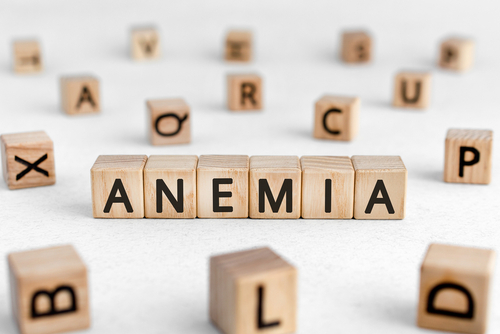
Patients with chronic kidney disease (CKD) commonly develop anemia, and the prevalence of anemia in this patient population increases with CKD stage. Patients with anemia of CKD face increased risks of adverse CKD-related outcomes, including cardiovascular morbidity and mortality, poor health-related quality of life, and increased utilization of health care resources.
Standard treatment for anemia of CKD includes regular iron supplementation (oral or IV) and erythropoiesis-stimulating agents (ESAs). Patients who do not respond to ESA therapy are also treated with red blood cell transfusions. However, studies have shown associations between targeting normal or near-normal hemoglobin concentrations with ESAs and increased risk of cardiovascular events.
One possible oral treatment option for anemia of CKD is hypoxia-inducible factor prolyl hydroxylase inhibitors (HIF-PHIs). These agents stabilize HIF, a transcription factor regulating hypoxic genes, resulting in increased endogenous production of erythropoietin and improved iron availability. Vadadustat, an oral HIF-PHI, is approved for treatment of anemia in Japan and for treatment of patients with dialysis-dependent CKD in the United States.
Hakan R. Toka, MD, and colleagues conducted FO2CUS, a phase 3b, open-label, noninferiority trial to examine the efficacy and safety of conversion from treatment with the long-acting ESA methoxy polyethylene glycol-epoetin beta (MPG-EPO) to vadadustat three times per week compared to maintenance treatment with MPG-EPO. Results were reported in the American Journal of Kidney Diseases.
The study was conducted at various centers in the United States. Participants were randomized 1:1:1 to receive vadadustat (starting dose, 600 mg 3 times per week), vadadustat (starting dose, 900 mg 3 times per week), or MPG-EPG for up to 52 treatment weeks and four safety follow-up weeks after the end of treatment or early termination of treatment.
The primary efficacy outcome of interest was mean change in hemoglobin concentration from baseline during weeks 20 to 26. The secondary outcome was the mean change in hemoglobin concentration from baseline during weeks 46 to 52. Noninferiority was defined as a lower bound of the 95% CI above –0.75 g/dL for the difference in mean change in hemoglobin concentration from baseline. The primary safety endpoints were any treatment-emergent and serious adverse events.
The overall study cohort included 456 patients who were randomized to the following groups: vadadustat 600 mg (n=152), vadadustat 900 mg (n=152), or MPG-EPO (n=152). Five of the 456 patients did not meet screening criteria and were not treated. The treatment groups were generally balanced in terms of demographic and baseline characteristics. Ferritin values were substantially higher than the upper limit of the population reference range, and mean transferrin saturation values were at the high end of the reference range.
During the study period, the median monthly dose of MPG-EPO was 90.8 µg. During the trial period, the mean weekly dose of vadadustat in the 600 mg starting dose group increased; the mean weekly dose in the 900 mg starting dose group remained consistent.
After the two vadadustat groups were combined (n=304), vadadustat was noninferior to MPG-EPO for mean change in hemoglobin concentration from baseline to the primary evaluation period (least squares [LS] mean treatment difference, –0.33 g/dL; 95% CI, –0.53 to –0.13) and to the secondary evaluation period (LS mean treatment difference, –0.33 g/dL; 95% CI, –0.56 to –0.09). Vadadustat was also noninferior to MPG-EPO in the individual starting dose groups for both the primary and secondary evaluation periods.
Through week 6, there was an initial decline in the mean hemoglobin concentrations in the vadadustat 600 mg group. By week 12, the hemoglobin concentrations in that group returned to target range and remained stable throughout the remainder of the trial. In the MPG-EPO group, there was some variability in the mean hemoglobin concentrations on the upper side of the hemoglobin target range.
All treatments had overlapping error bars throughout the study period.
During the primary evaluation period, the proportion of patients with hemoglobin values within the target range (10.0–11.0 g/dL) was lower for those in the vadadustat total group than for those in the MPG-EPO group: 63.9% (154 of 241) versus 76.0% (98 of 129), respectively. The values during the secondary evaluation period were 60.5% (107 of 177) and 69.4% (77 of 111), respectively.
Throughout the trial period, the proportion of patients receiving ESA rescue therapy was higher in the MPG-EPO group than in the vadadustat groups: 14.2% versus 27.7%, respectively, during the primary evaluation period and 7.3% versus 16.2%, respectively, during the secondary evaluation period. The proportion of patients receiving red blood cell transfusions remained low throughout the study period in all groups; there were no statistically significant differences between the vadadustat and MPG-EPO groups. There were also no significant differences between the vadadustat and MPG-EPO groups in the proportion of patients receiving IV iron therapy.
By week four, total iron-binding capacity increased in both vadadustat groups and remained consistently higher than in the MPG-EPO group throughout the study period. There was an initial slight decline in serum iron concentrations in the MPG-EPO group that persisted at subsequent time points; serum iron concentrations remained stable in the vadadustat groups. In all treatment groups, other iron-related laboratory parameters remained consistent.
The incidence of any treatment-emergent and serious treatment-emergent adverse events was similar across treatment groups.
The open-label design was cited by the authors as a possible limitation to the findings, as was the hemoglobin concentration target range of 10 to 11 g/dL, which is narrower than the range of 10 to 12 g/dL used in countries other than the United States. In addition, the relatively short trial duration and safety follow-up period did not allow for analysis of long-term effects. Finally, the high baseline oral iron doses may have been a confounding factor, limiting the generalizability of the study findings.
In summary, the researchers said, “Vadadustat three times weekly was noninferior to MPG-EPO in hemoglobin maintenance with a safety profile similar to MPG-EPO. Patients in the vadadustat 600 mg group often required dose adjustment after an initial decline in hemoglobin concentrations and were more likely to experience hemoglobin excursions to <9.0 g/dL than the vadadustat 900 mg group. Therefore, a 900 mg three-times-weekly starting dose may be preferred for in-center hemodialysis patients switching from MPG-EPO.”

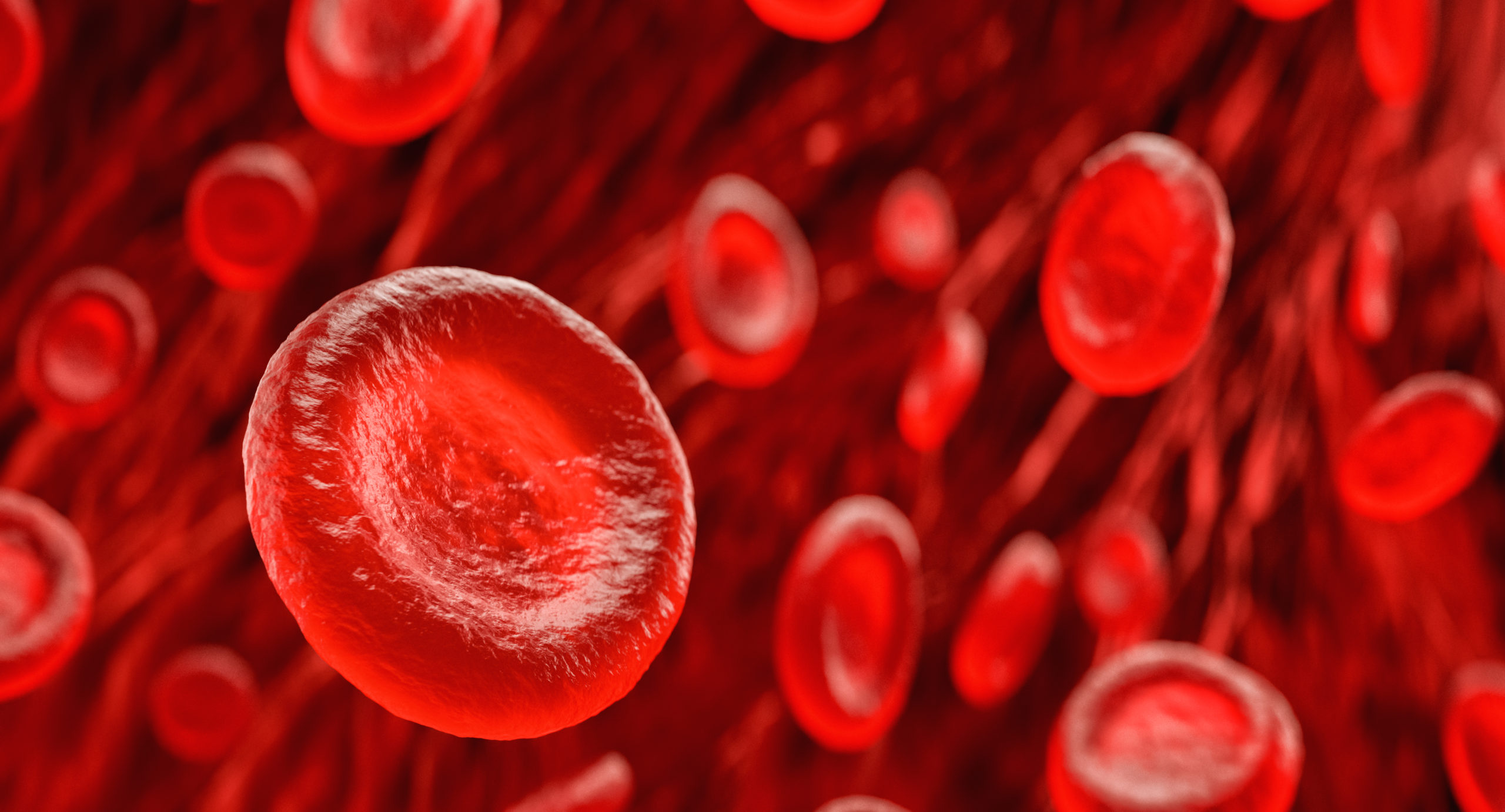
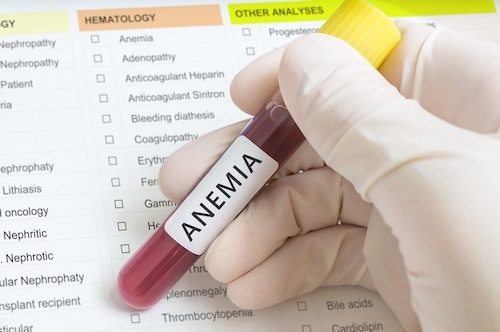

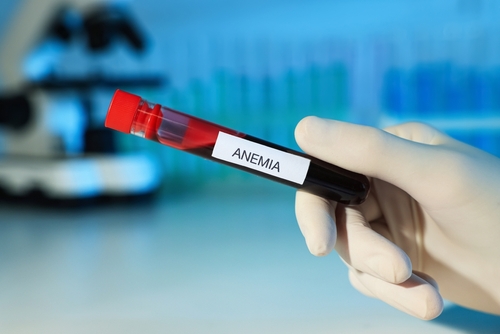
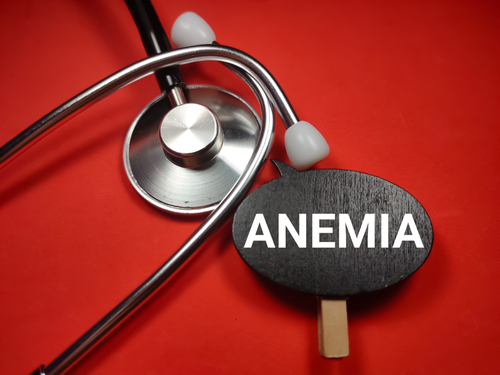

 © 2025 Mashup Media, LLC, a Formedics Property. All Rights Reserved.
© 2025 Mashup Media, LLC, a Formedics Property. All Rights Reserved.